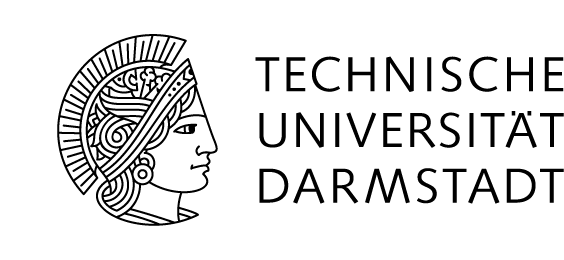Manufacturing of ceramic, textured actuators with high strain
Prof. Dr. J. Rödel (Div. Non-Metallic-Anorganic Materials)
____________________
PMN-PT materials (PMN: PbMg1/3 Nb2/3 O3, PT: PbTiO3) with a PT content of 32 % will be examined with respect to their resistance against cyclic electrical loading. To this end the project is responsible for specimen production and is focused on two different approaches, which can also be combined.
On the one hand PMN-PT materials are produced via a powder metallurgy route, using a well-known precursor route and manganese doping. Since literature suggests that manganese can immobilize oxygen vacancies very efficiently, we suggest that materials doped in such a way are relativelyresistant against electric fatigue.
The second approach is based on the concept to realize materials with high strain by utilization of crystal anisotropies. It is well known that PMN-PT single crystals exhibit large anisotropy concerning the attainable strain and fatigue resistance. Large strains, however, are not possible in polycrystalline materials with random orientations of the grains since the compatibility stresses between neighboring and differently oriented grains lead to microcrack formation and progressive damage. Textured ceramics are to be realized by growing PMN-PT on BaTiO3 seed crystals. The seed crystals are aligned during production by the shear stresses present during tape casting. This can be used directly for the technology pertinent to ceramic multilayer actuators, which is a major topic in the next stage of the project.
The PMN-PT materials will first be investigated with respect to their microstructure (density, grain size, defect size). Thereafter, measurements on ferroelectric and piezoelectric characteristics and investigations on small signal behavior (dielectric constant and effective piezoelectric coefficient) will follow. Samples for the investigations of electrical fatigue are made available in two stages. At the end of the second year non-textured samples should be available in sufficient quality, while at the end of the fourth year samples with texture are introduced into the investigations on electrical fatigue.

